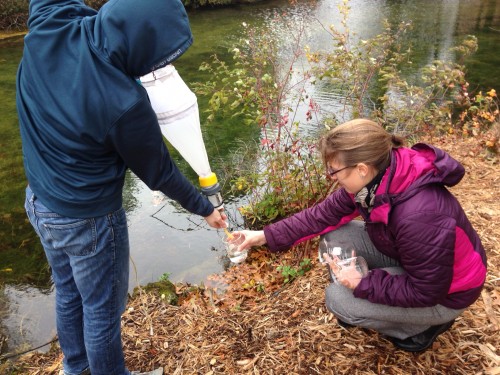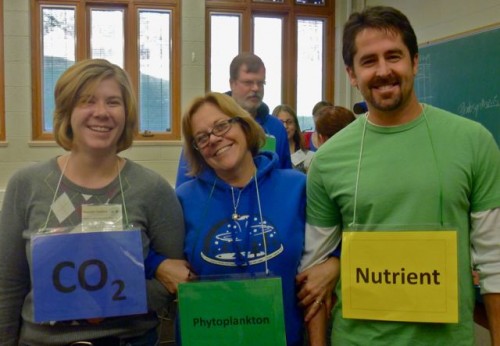This lesson consists of 3 activities, all interrelated yet can be split into individual lessons as well. The overall theme of the lessons are to investigate the effect human introduced contaminants into aquatic systems have on individual organisms, populations, communities, and ecosystems. We will investigate how farming in the “Bread Basket” of America can contribute to a growing “Dead Zone” in the Gulf of Mexico and then create our own dead zones in lab. Students can then become a participant in the formation of dead zones in an interactive simulation/game. The final component of the lesson focuses on investigating the effect a novel (or never before seen) contaminant has on vulnerable frog populations.
At the conclusion of the lesson, students will be able to:
- Describe how a dead zone occurs – from the human sources of pollution to how it sparks blooms of life resulting in death
- Simulate the formation of a thriving ecosystem and dead zone
- Be able to describe how human sources of pollution can impact population dynamics
- Understand the flow of energy through aquatic ecosystems
Resources:
Dead Zone Lab Activity/Simulation
- Dead Zone student handout
- Dead Zone game instructions
- Dead Zone game original reference paper
Frog Contaminants Lesson
- Frog contaminants game instructions
- Frog contaminants student handout
- Frog contaminants teacher key
Lesson Plan created by GK-12 Fellows Emily Dittmar, Sara Garnett, and Jakob Nalley, 2013


